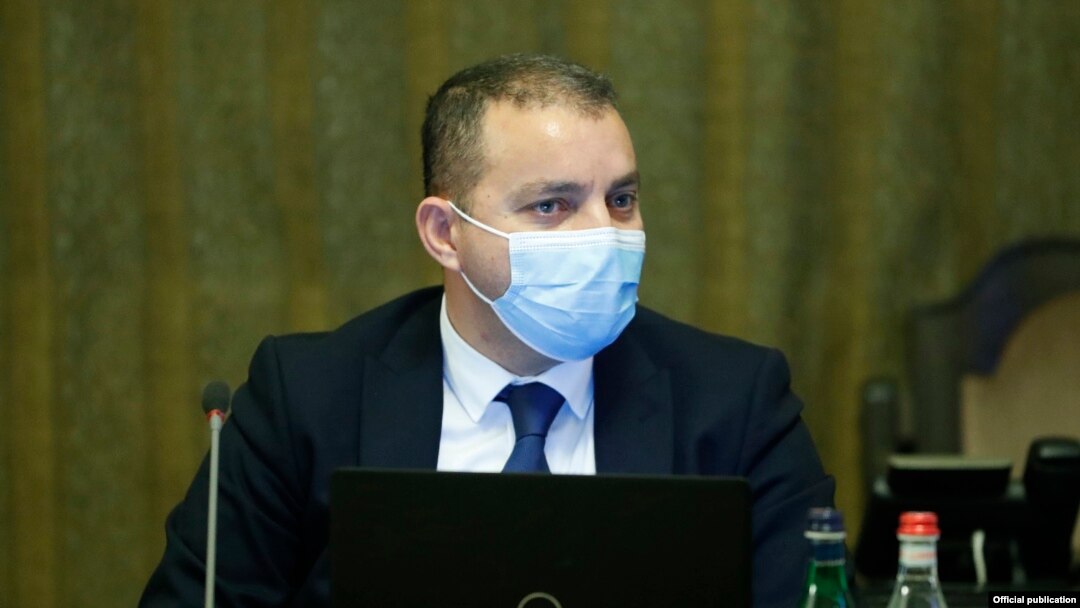Kerobian insisted that this is a realistic target despite the continuing coronavirus pandemic that plunged Armenia into a recession last year.
“True, I’m not quite happy with month-on-month economic growth in March,” he told reporters. “Instead of 7-7.5 percent projected by us, only 3.8 percent [growth] was registered, according to preliminary data. But that will still be enough to ensure our double-digit economic growth by the end of this year.”
The Armenian Finance Ministry expects the country’s GDP to increase by only 3.2 percent in real terms after shrinking by 7.6 percent last year. The Armenian Central Bank has forecast an even lower 2021 grow rate: 1.4 percent.
Both the World Bank and the International Monetary Fund have offered similar outlooks. “The recovery will be slow; the economy is unlikely to return to pre-COVID output levels until 2023,” the bank said in a report released late last month.
“I will resign if Armenia does not have double-digit economic growth,” Kerobian declared after a weekly cabinet meeting in Yerevan.
The 44-year-old businessman joined the government in November 2020 in a cabinet reshuffle initiated by Prime Minister Nikol Pashinian. He was the chief executive of Armenia’s largest food delivery company until then.
Kerobian spoke to journalists as he faced protests against his decision to lay off about 70 employees of the Armenian Ministry of Economy for cost-cutting purposes. The latter have worked at nationwide ministry divisions providing counseling to farmers and monitoring the use of the government’s agricultural subsidies.
Many of the affected officials gathered outside the government headquarters in Yerevan to demand that Kerobian annul his decision.
“Imagine a wheat farming program subsidized by the state. Shouldn’t we verify whether public funds have been used efficiently and whether the wheat was actually planted?” said Artak Khachatrian, the acting head of one such division based in northwestern Shirak province.
Kerobian said these monitoring functions must be outsourced to banks and financial institutions working with the government. “We are trying to spend taxpayers’ money as efficiently as possible,” he said.


